Released in 2016, LA LA LAND was a mega-hit at the 89th Academy Awards, receiving a record 14 nominations (13 categories) and winning 6 awards, including Best Director. The film is a mega-hit that received a record 14 nominations (13 in total) for Best Director and six other awards at the 89th Academy Awards. Audiences around the world were dazzled by the perfect harmony of these elements.
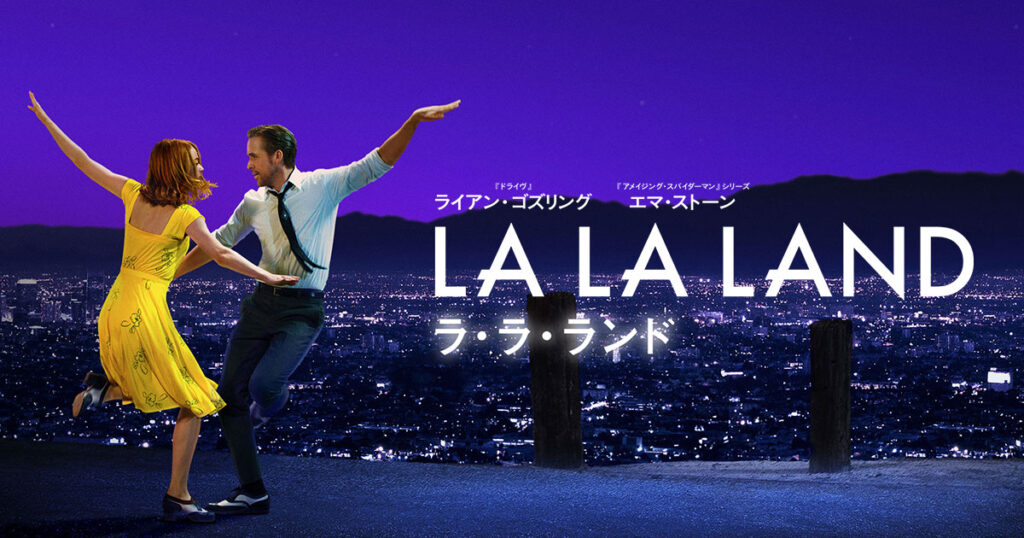
Directed by Demian Chazelle. He was only 30 years old at the time. In an interview during his visit to Japan, he said of this film, “I made this film as a hidden homage to Seijun Suzuki’s ‘Tokyo Streamers.'”
The people in the audience must have been dazzled.
Who is this Suzuki?” “I’ve never heard of such a work.” “The world’s Kurosawa, however…” “I’ve never heard of such a work.”
No wonder. Unless you are a big movie fan, few people outside of Japan know the name Seijun Suzuki. His films have not won any awards at the Academy Awards, Cannes Film Festival, or other international film festivals (although they have been invited to the festivals on a few occasions), and their domestic box-office performance is so low that they cannot be compared to those of his contemporaries such as Akira Kurosawa, Keisuke Kinoshita, and Kon Ichikawa.
Still, it is a remarkable fact that more than 100 years after his birth (he passed away in 2017), Seijun has had an overwhelming influence on brilliant creators such as Chazelle, even as he has flown across oceans. I am one of the people who were shocked when I saw Seijun’s “Zigoinelwaizen” when I was a college student. His colorful, yet ethereal images are known as “Seijun aesthetics,” and they have caused a sensational revolution in the world of cinema.
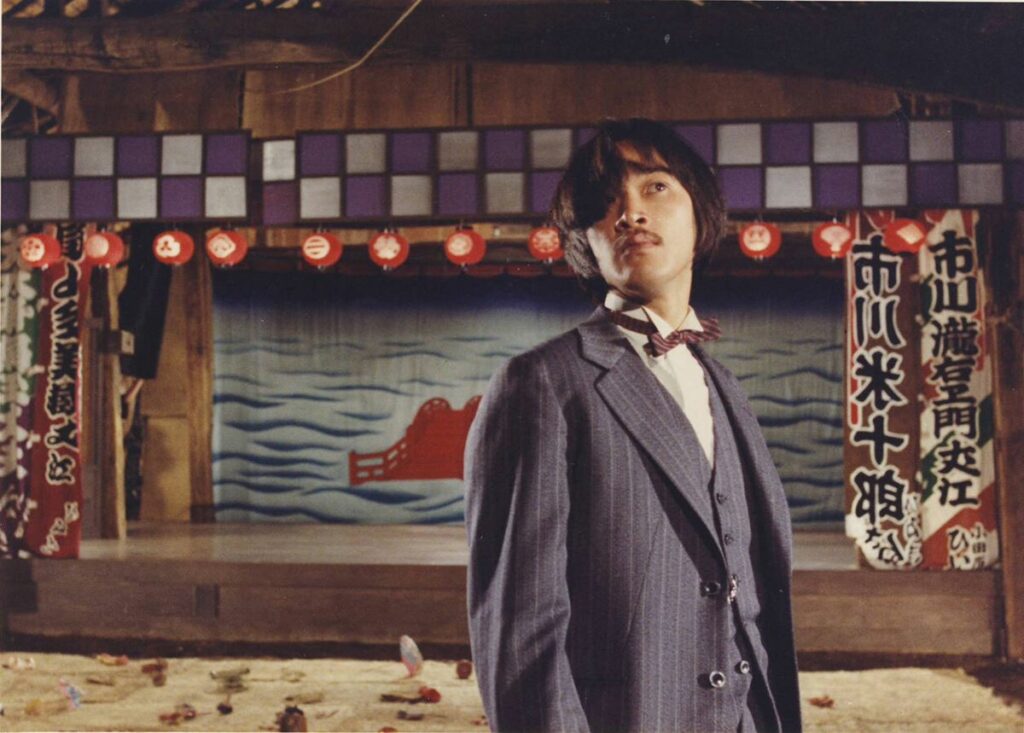
In this article, I would like to call Seijun Suzuki a film hermit (he has the appearance of a hermit), and would like to unravel Seijun’s aesthetics and explore his influence on the present day.
Seijun Suzuki and War
- Profile
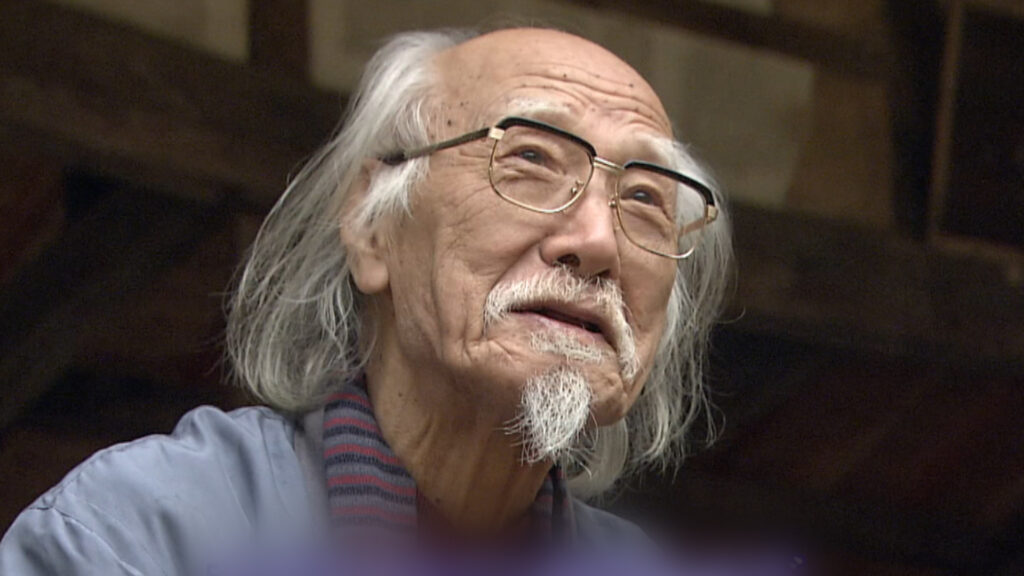
Seijun Suzuki (May 24, 1923 – February 13, 2017) was a Japanese film director and actor. He was a well-known director at Nikkatsu, and his films starred Asahi Kobayashi, Hideki Takahashi, and Lock Shishido. His film “Killing Brand” is highly acclaimed worldwide not only as a popular film but also as a cult film. His trilogy “Zigoinelwaizen,” “The Sunset,” and “Yumeji” showcased the beauty of the abstract images. His unique visual expression was called “Seijun aesthetics. His avant-garde style in “Pistol Opera” and “Operetta Raccoon Goden,” which he directed in his later years, has had a strong influence on directors around the world.
- experience of war
Film critics have often pointed out that behind his sumptuous and gorgeous visual works may be his intense war experience.
In 1943, he was drafted into military service. He enlisted as a private in the army. There were thirteen ships in the convoy headed for the Philippines, but only two made it there safely. On the transport ship returning to Japan from Manila, he was attacked by Grumman aircraft and lost many comrades, and Seishun himself was adrift at sea.

The battlefield, where he had no one to talk to and had to repeat his own internal dialogue, may have determined Seishun’s mentality. He then moved on to Taiwan and ended the war as a second lieutenant in the army.
Unparalleled Career and Career
His career as a filmmaker and, by extension, a visual artist is unparalleled.
- From University of Tokyo rejection to directorial debut and a successful career
In 1946, he was demobilized and returned to Hirosaki High School. After graduating in 1948, he took the entrance examination for the Faculty of Economics at the University of Tokyo, but failed. That same year, at the invitation of a friend, he took the assistant director’s examination and passed.
In 1956, he directed “Victory in My Hands” under his real name, Seitaro Suzuki, and in 1958, he changed his name to Seijun for “Beauty of the Underworld,” and in 1959, he directed a series of hard-boiled films about yakuza, prostitutes, and other underground groups of youth that were at war with each other. In place of the war, his films grabbed the hearts of bloodthirsty audiences. In addition, “Nichibutsu no Mon,” “Tokyo Streamers,” and “Kenka Erejii” created a unique worldview with a modern and fresh sense of color and visual rhythm, and won over some enthusiastic fans to the extent that it has been called “Seijun Aesthetics.
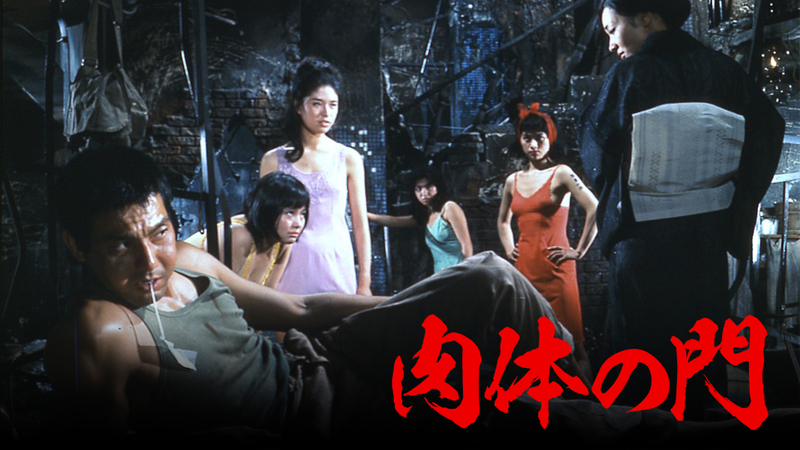
- TV animation debut
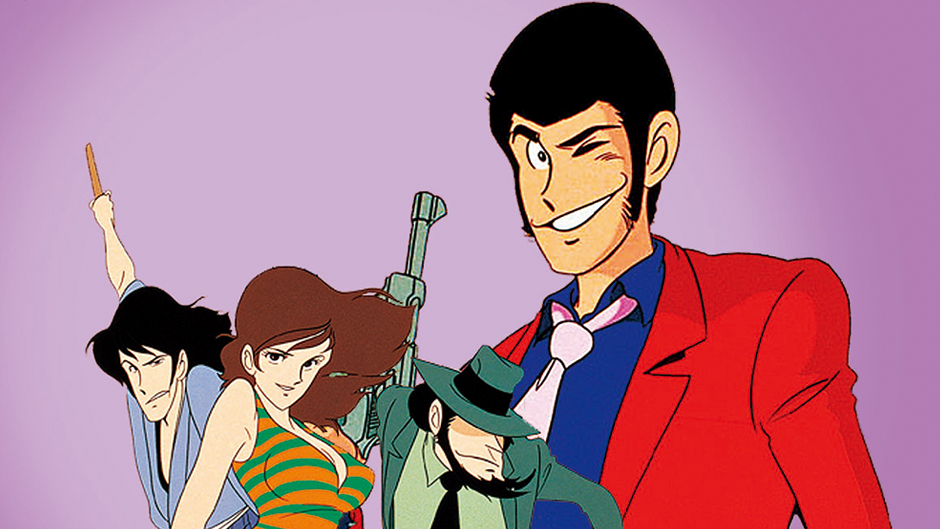
He was involved in the second series of the animated TV series “Lupin the Third” broadcast from 1977 as a supervisor. The scriptwriter of Lupin was an old acquaintance of Miyazaki’s, and that seems to have been the impetus for his participation in the project, but it is unusual for a person who mainly directed live-action films to be involved in animation so seriously and for so many years.
Incidentally, as a side note, the director of the first Lupin series was actually Hayao Miyazaki.
Even more surprisingly, the two were at odds over the script for the final episode of the second series. As a result, the deciding vote went to Hayao Miyazaki, and the film came to be considered the greatest work ever made.
(The story was that “all the Lupins in the second series so far were fakes, and the real Lupin gang would beat up the fakes.) Needless to say, Seijun was furious, but he was not discouraged and returned to direct “The Golden Legend of Babylon.
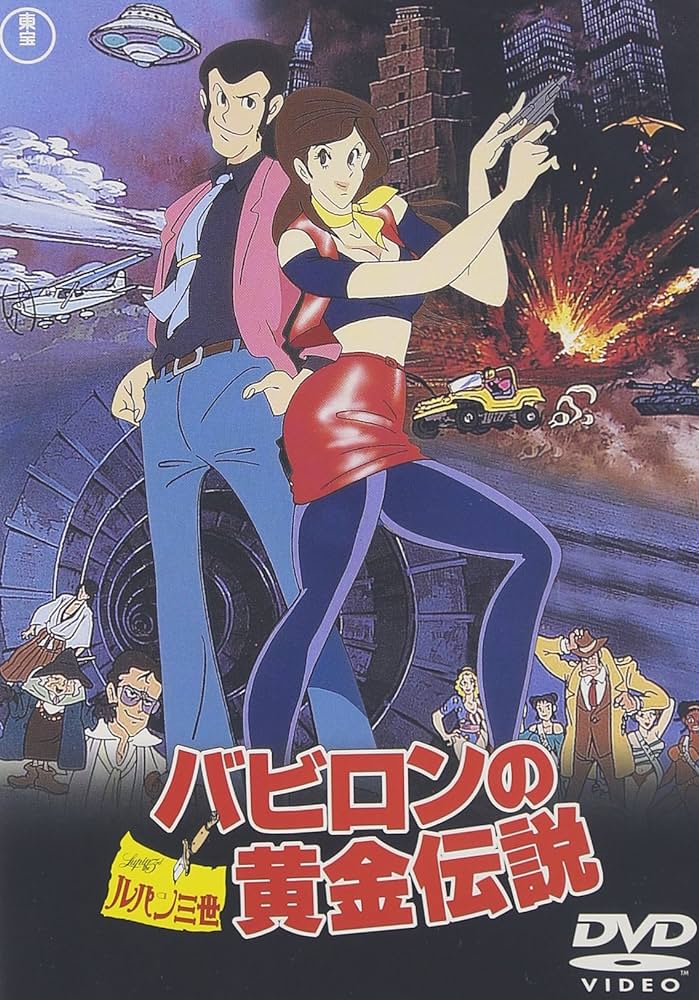
However, looking at these Lupin-related works of his, it seems that he was not so much pushing the Seijun aesthetics of the example, but rather working behind the scenes to bring out the charm of the conventional Lupin.
- And artista Seijun Suzuki
In 1980, he completed “Zigoinelwaizen” based on “Sarasate’s Disc” by Hyakken Uchida

In this strange and bizarre work, four men and women are lost in a bewitching world where the border between reality and fantasy blurs around an SP record of “Zigoinelwaizen” played by Sarasate himself. The images, cut out using innovative filming methods and camera angles, are surrealistic and experimental. The film’s free and easy transition between the old and the new was also new at the time, incorporating kabuki, noh, and other ancient performing arts into its production techniques. Seijun had been shooting films that were more like mass entertainment, but from this film onward, he continued to release films that fully utilized his artistic side.
Seijun Aesthetic” in “The Gates of the Body
I have already explained that Chazelle, the director of “LA LA LAND,” was influenced by “Tokyo Drifter,” but it seems that the influence of “Tokyo Drifter” was stronger as a music film. In terms of “color,” it would have to be “The Gates of Flesh. This film is about prostitutes who live strongly in the postwar slums, and the clothes they wear are the same as the costumes of the women surrounding Mia, the main character in “LA LA LAND.
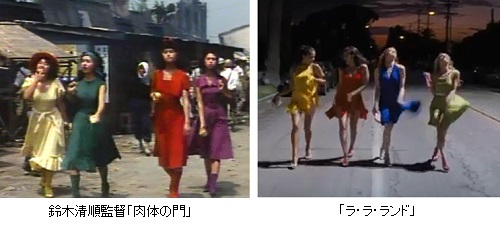
Although the two women are on completely different levels – the prostitutes of postwar Japan and the new actresses of contemporary Hollywood – Seijun must have felt a strong sense of empathy and inspiration from the correlation between the theme of women living in cliques against adversity, and the colors that illustrate their strength.
But where did Seijun’s sense of color come from? To find out, we may refer to the words of his younger brother, Kenji Suzuki, an NHK announcer. He sent the following words to Seijun’s memorial book.
When I see my brother’s works, sometimes I can tell too much about the influence of his war experience. For example, his bright sense of color. This may be a reaction to the fact that his family lived in a factory and colors were scarce in their living environment, but I believe it is nothing more than a craving for color as he wandered through life and death.
For those of us living in the modern age, a world rich in color is a matter of course. However, for someone like Seijun, who came from a poverty-stricken family during the war and experienced the devastation of the fire, “color” may be seen as something a little special. Color is life itself, and “Seijun Aesthetics” is a healthy work of art that incorporates the negative legacy of history.

Conclusion
Seven years have passed since Seijun died. However, revival screenings of his works are still persistently held at famous movie theaters in Tokyo. In an age of such advanced imaging technology,
Why do films from an era when black-and-white films were just beginning to be colored continue to be screened? The quality of the cameras and lenses is poor, and the quality of the images is extremely poor. Despite this, when Zigoinelwaizen was screened again last year, tickets were sold out immediately. There were even standing-room-only crowds. Perhaps this is because the extreme colors that he emits are colors that have crawled out of the abyss of life, colors that cannot be fostered by technology, and we are able to subconsciously perceive the earnestness of these colors. The colorful colors brought by this rare film hermit have been steadily passed on to up-and-coming creators like Chazelle. As a film fan myself, I can only hope that the light of life will not be extinguished.

Sources
Seijun Suzuki Wikipedia

Kinema Junpo: In Memoriam: Film Director Seijun Suzuki



